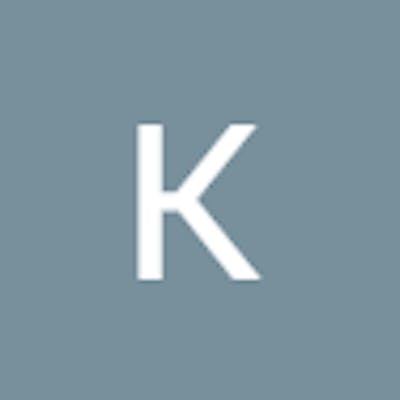An overview of popular trading libraries and frameworks in programming languages such as Python and R.
Trading libraries and frameworks are essential tools for algorithmic traders and quantitative analysts who want to develop and test trading strategies in a programming language. In this article, we'll take a look at some of the most popular trading libraries and frameworks available in the programming languages Python and R.
Python:
Backtrader: Backtrader is a Python library for backtesting and trading. It provides a simple and intuitive framework for creating and testing algorithmic trading strategies. The library includes a comprehensive set of indicators, strategies, and support for multiple data sources, making it a popular choice among algorithmic traders.
PyAlgoTrade: PyAlgoTrade is a Python library for algorithmic trading. It offers a simple and flexible framework for backtesting and executing trading strategies. The library also provides a set of built-in indicators, such as moving averages and Bollinger Bands, as well as support for multiple data sources, such as CSV and Yahoo Finance.
Zipline: Zipline is a backtesting library for algorithmic trading in Python. It provides a flexible framework for backtesting and executing trading strategies and includes a variety of built-in indicators, such as moving averages and Bollinger Bands. Zipline also integrates with popular data sources, such as Quandl and Yahoo Finance.
R:
quantmod: quantmod is a popular R package for algorithmic trading. It provides a set of functions for analyzing and visualizing financial data, as well as a framework for creating and testing trading strategies. The package includes a variety of built-in indicators, such as moving averages and Bollinger Bands, and integrates with popular data sources, such as Yahoo Finance and FRED.
PerformanceAnalytics: PerformanceAnalytics is an R package for financial performance analysis. It includes a set of functions for analyzing and visualizing financial data, as well as a framework for creating and testing trading strategies. The package includes a variety of built-in indicators, such as moving averages and Bollinger Bands, and integrates with popular data sources, such as Yahoo Finance and FRED.
TTR: TTR is an R package for technical trading analysis. It includes a set of functions for analyzing and visualizing financial data, as well as a framework for creating and testing trading strategies. The package includes a variety of built-in indicators, such as moving averages and Bollinger Bands, and integrates with popular data sources, such as Yahoo Finance and FRED.
In conclusion, these are some of the most popular trading libraries and frameworks available in the programming languages Python and R. When choosing a library or framework, it's important to consider your specific needs, such as the type of data you're working with and the complexity of your trading strategies. Whether you're a seasoned algorithmic trader or just starting out, these libraries and frameworks can provide a solid foundation for developing and testing trading strategies.

